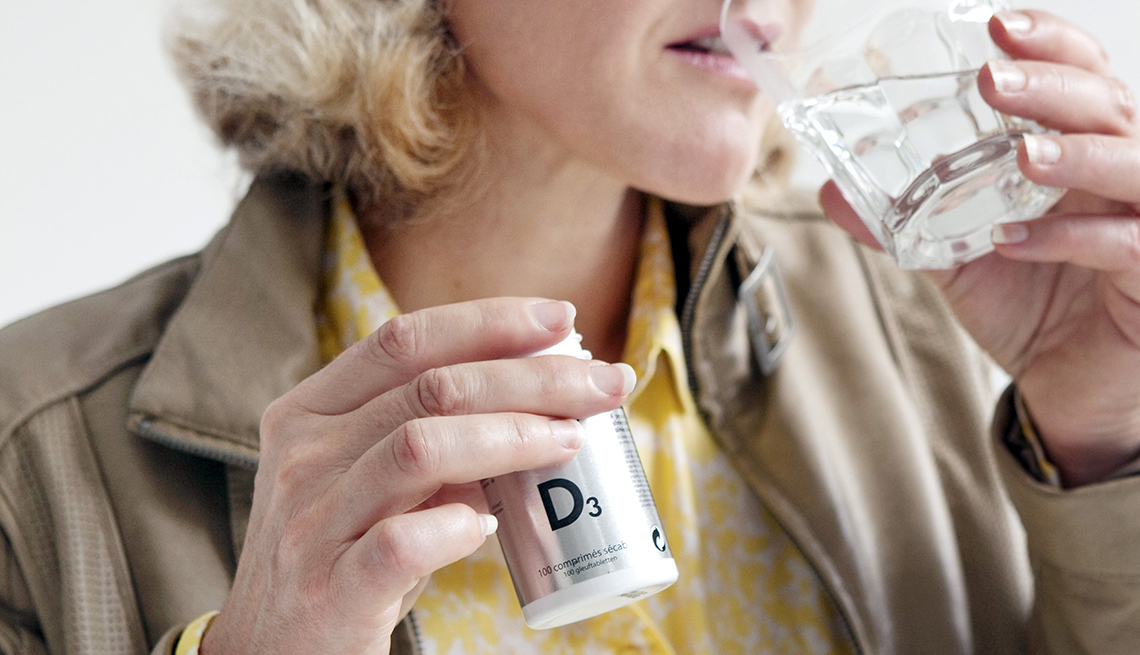
Vitamin d deficiency: when and how to take supplements
- Select a language for the TTS:
- UK English Female
- UK English Male
- US English Female
- US English Male
- Australian Female
- Australian Male
- Language selected: (auto detect) - EN
Play all audios:

HOW TO SUPPLEMENT WISELY According to the Food and Nutrition Board, people ages 1 to 70 need 600 IU a day; for those over 70 it's 800 IU a day. But, Nadolsky says, “It's a
personalized thing. Most people certainly can get away with anywhere from 600 to 1,000 IU a day.” Generally, it's recommended not to go over 4,000 IU a day, unless you have a
malabsorption problem, caused perhaps by a gastric bypass, an inflammatory bowel disease, such as Crohn's disease, or an autoimmune issue, such as celiac disease — all of which may
require significantly higher doses than usual to get back to normal. "People say, ‘I know vitamin D is good for me,’ and take 5,000 IU a day, in addition to a multivitamin, for a long
period of time,” says Kitchin. “Those are the folks I'm concerned about. People have a tendency to think more is better, but in some cases, more can be dangerous.” In fact, you may be
overdoing it without even realizing it, since you may be getting vitamin D from several sources, such as multivitamins, calcium supplements, even some joint supplements. To avoid this,
Kitchin recommends scanning nutrition labels and doing the math. “It can really add up. You may be getting a good amount of vitamin D without having to take a D supplement!” Typically,
doctors don't order vitamin D as part of a standard blood test. But those who may be at risk for deficiency should consider having their levels tested and possibly monitored. “Some
people may be more likely to have levels that slip,” Kitchin explains. “Others may have osteoporosis or a family history of it, so we like to keep an eye on them.” After the numbers come in,
your doctor may recommend higher doses or adjust the amount you're downing.
